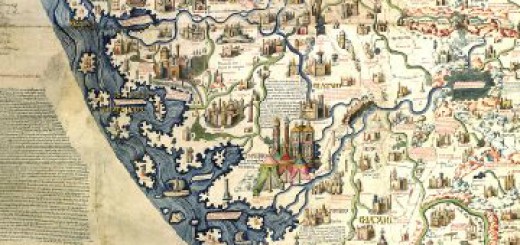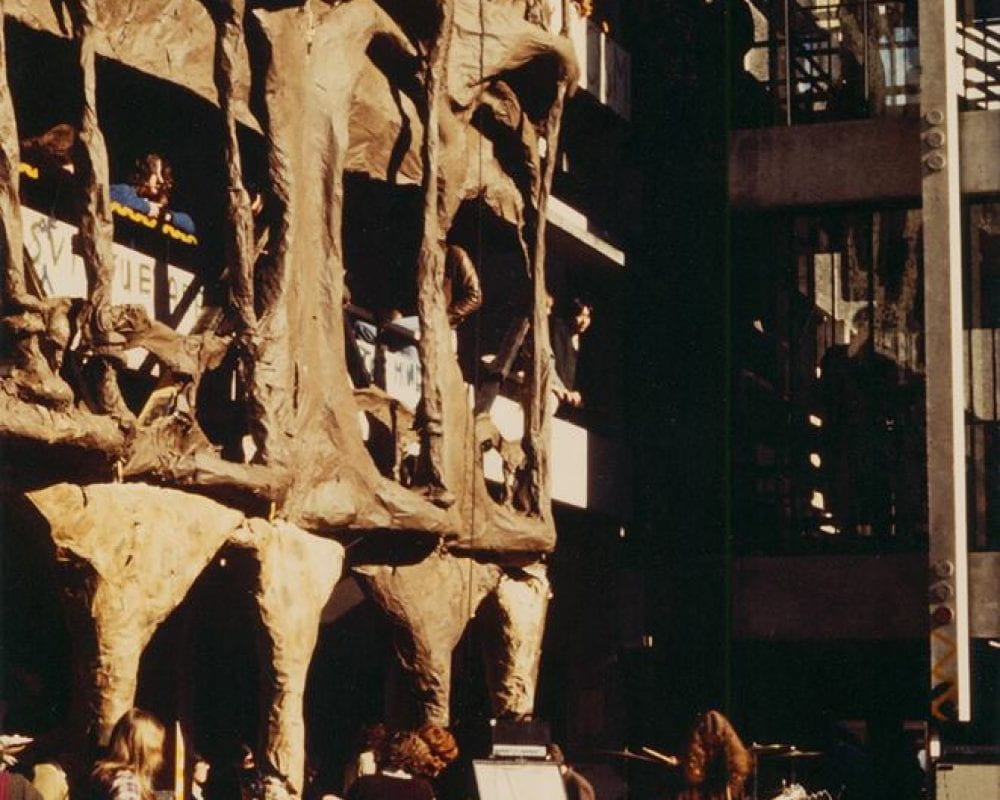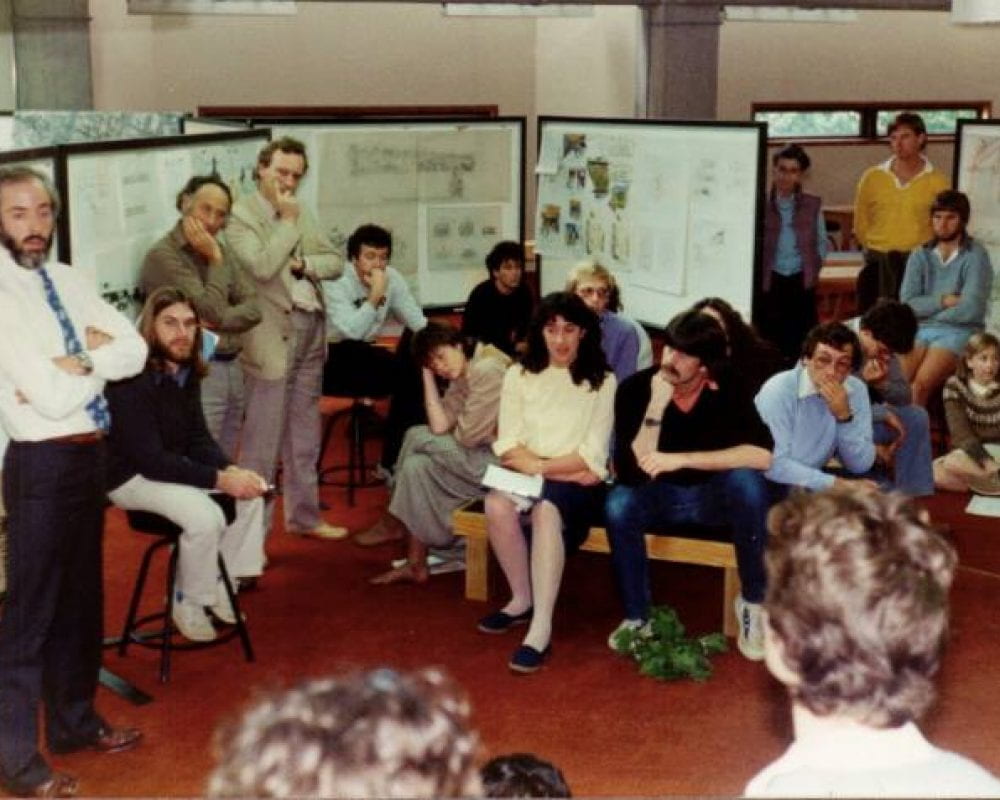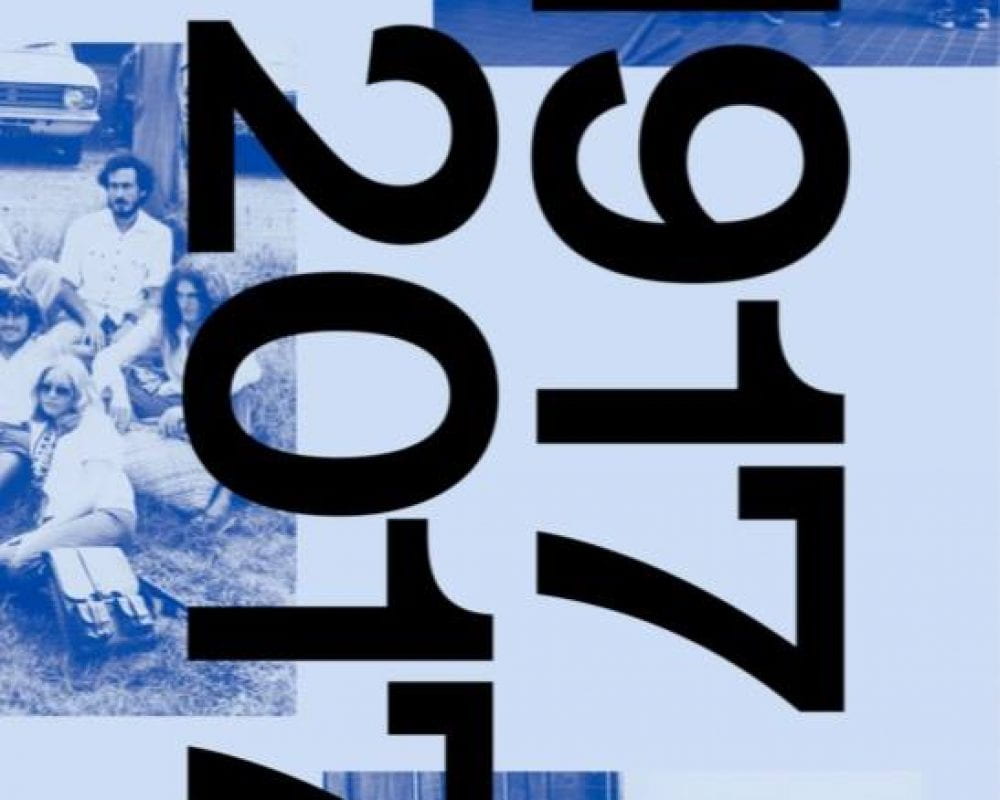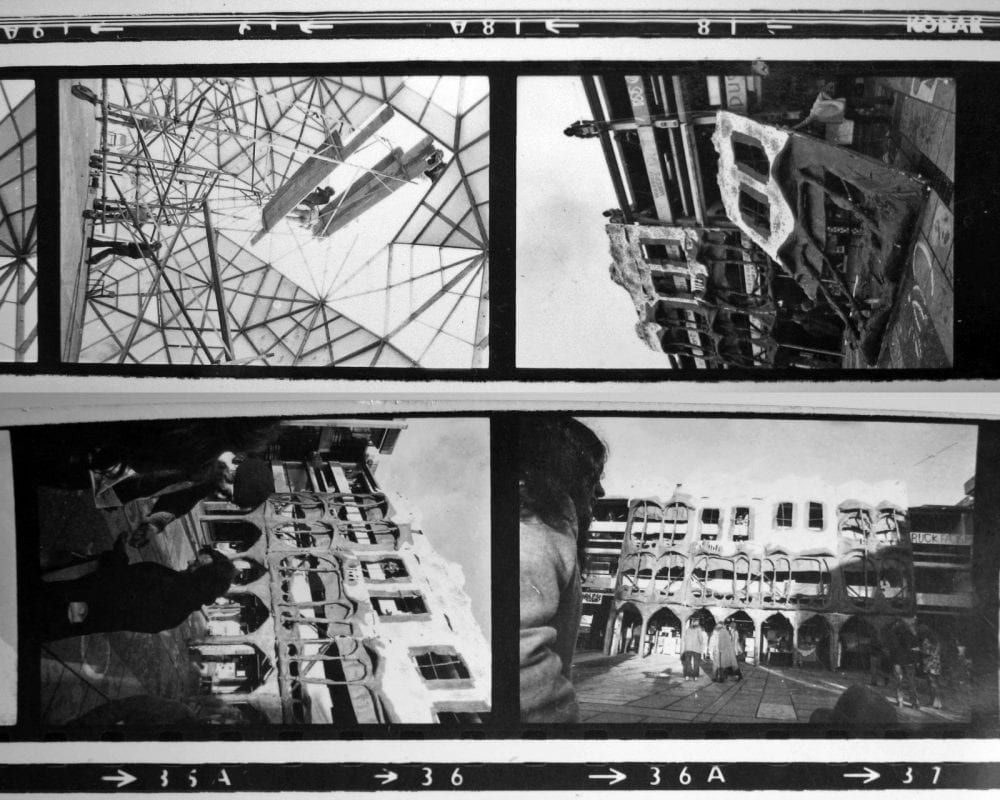Mies van der Rohe – Visions Of Space (Less is More)
Mies van der Rohe – Less is More
7 Parts
Visions Of Space, BBC Documentary 2003
……………………………………………………………………..
First aired BBC4, 2003; ABC, 2004 In ‘Visions of Space’, Robert Hughes tackles the work and lives of three remarkable 20th-century architects: Albert Speer, Mies van der Rohe, and Antonio Gaudi – whose work did so much to shape the modern world.
Hughes looks at how each one used space in different ways to express our response, respectively, to the power of religion (Gaudi), the power of the State (Speer), and the power of the corporation (Mies van der Rohe).
Ludwig Mies van der Rohe (1886 – 1969)
This BBC episode features the German architect, Mies van der Rohe, who moved to America and discovered the face of the modern corporate city.
Following Mies’ footsteps we see how an architect who began his career making kitschy, Hansel and Gretel style houses with pointy roofs, little windows and squat floorplans transformed himself into the master of international modernism – the architect of light and space.
Mies is the father of the contemporary vogue for loft living – what he was building in the 1920s still looks futuristic now. Similarly, his New York masterpiece the Seagrams Building provided the blueprint for the modern office building – without Mies no major city on Earth would look as it does.
But despite his undeniable impact there is something in Mies’ work that Hughes finds shockingly neglectful of real human needs. This master builder could spend days working out how to turn a corner with a skilfully placed beam and totally ignore the legitimate wishes and desires of those who used his buildings.
Nevertheless, Mies definition of real order and how this influences his work was: “The real order is that what St. Augustine said about the the disposition of equal and unequal things – giving to each what deserves, according to their nature.”

